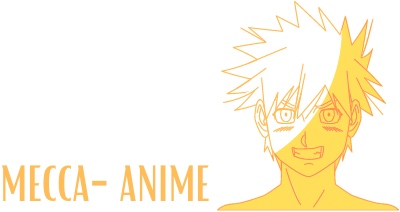An age-old question that gamers constantly ask themselves is, “What old game should I play next?” With the explosion of indie development over the past decade, it has become much easier to find classic games from the past that have been updated and re-released for modern machines.
The video game industry has been growing rapidly over the last decade, and new games are being created that are more advanced and more technically complex than ever before. However, these new releases have come at the cost of quality and gameplay. Today, many of the most popular games are orchestrated by massive development teams and require expensive systems to play them.
With all the games out there, it can be challenging to find something that’s both fun and worth your time. As we all get older, it’s difficult to find time to play games in our busy lives. But for the gamer in all of us, there’s nothing better than taking the time to play a game that we know and love.
There are many old games that are still worth playing in the modern era, even though they were created years ago. Old games are just as fascinating as they were when they were new and can still surprise with clever gameplay, fun stories, or unique art. These games have stood the test of time and are great to play today. Many of them can be found online or are available on gaming devices such as the Wii.
That’s why we’ve created this list of old and new games worth playing, so you can find the perfect game for any occasion.
- Kendo Rage
The word Kendo can refer to any one of the Japanese arts of swordsmanship known as kata (literally, “forms”). Still, it is usually understood to mean the “way of the sword” and is sometimes referred to as gekken (literally, “fencing”). The term kendo, which literally means “way of the sword,” is also used to mean Kendo in general.
Kendo Rage is a fast-paced, action-packed fighting game that combines the thrill of sword fighting with the quick reactions needed to be a kendo master. Your job is to take out as many of the enemy ninjas as you can and be the one standing when the dust settles, armed with only a bamboo sword used in the Japanese martial art kendo called shinai.
- Toejam and Earl
The story of Toejam and Earl has always been told from the perspective of two neighborhood kids: the young Toejam and his friend, Earl. It’s evident in the game’s sequel, Panic on Funkotron, that Toejam and Earl grew up and left their home planet, leaving behind their past and their relationship with each other. What’s not evident until you play their next adventure, Toejam, and Earl in Panic on Funkotron, is that the two have been reunited. They become separated again and must find each other through a slew of space-traveling predicaments.
- Bloody Roar
Bloody Roar was a popular 3D fighting game that was released on the original PlayStation in 1997. It was developed by Eighting and produced by Funcom. The game was also switched to the Sega Saturn, but the Saturn version didn’t sell as well.
The game features a cast of ten anthropomorphic animals, each with his or her own fighting style. It is played from a third-person perspective, with the camera behind the character.
- Teenage Mutant Ninja Turtles IV: Turtles in Time
Teenage Mutant Ninja Turtles IV: Turtles in Time is a side-scrolling beat-em-up in the Teenage Mutant Ninja Turtles series. The game was first released for the Nintendo Entertainment System in 1991. It was later switched to the Game Boy in 1992, the Sega Genesis/Mega Drive in 1993, and the Super NES in 1994.
- Gunstar Heroes
Released for the Mega Drive/Genesis in 1993, Gunstar Heroes is an exceptional run-and-gun game and a shining example of everything that was right and great about the 16-bit era of video gaming. While many games of the time let you choose between playing as one of two playable characters at the beginning, Gunstar Heroes had you play through its entire story as one of two playable characters, Gunstar Red or Gunstar Blue. This was a bold choice for a video game, especially for a run-and-gun game, which traditionally let you pick which character you wanted to play as at the beginning of each stage.
